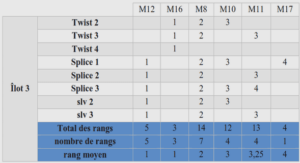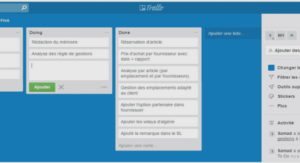RISK ANALYSIS AND ALLOCATION IN PUBLIC PRIVATE PARTNERSHIP PROJECTS
Traditionally, most public facilities are developed by the public sector using public money. Thus, the ownership belongs to the public sector (Corry, 1997). Due to the growth in the demand for infrastructure, limited public funds to meet current and future needs, and acceptance of a greater role for the private sector in the provision of infrastructure, alternative methods of financing public facilities and services have been embraced by the public sector. One method of provision of public goods and services is the public private partnership. However PPP popular is world-wide, it brings along with it some risks which both the public sector and the private sector, including the users of public goods and services, need to address and manage. Two obligations in the risk assessment and management of a PPP project come to mind. First, the requirement for a risk transfer mechanism in PPP arrangements; the risks to be transferred should be identified, analysed and probably priced (Hambros, 1999). Secondly, PPP procurement methods are associated with many pitfalls, uncertainties and risks (Reijniers, 1994) to the governments and the private sectors (Irwin, et al. 1997; Wang, et al. 2000). Risk and risk management of construction PPP arrangements, notably of BOT and PFI, have been extensively discussed by many exponents including HM (1995); Zhang, et al. (1998); Lam and Chow (1999); Wang, et al. (2000) and Lu, et al. (2000). However, they have not been able to provide an integrated risk management solution which combines risk analysis and allocation in a PPP project environment. The aim of this paper is to provide a conceptual framework for risk analysis which would help to determine the principle of risk allocation for PPP projects.
PUBLIC SECTOR INFRASTRUCTURE PROCUREMENT
Governments pragmatically, or unintentionally, adopt alternative ways to procure public services to fulfil their responsibilities. Corry (1997) has identified some means as shown in Table 1. Public Private Partnership (PPP) has become a popular avenue in recent times for the provision of public sector services. It can be argued that PPP has developed from these alternative arrangements where the private and public sectors are in a closer co-operative relationship. The whole concept of Public Private Partnership is a government policy to tackle financial problems in facility provision, and an integrated private management skill to increase efficiency, effectiveness and quality (HM, 2000). The level of private sector involvement might range from a purely service provision, without recourse to public facilities, through service provision based on public facilities usage, up to “public facilities” ownership.
The contractual structure of PPP procurement options is diverse in form and/or substance; some PPP procurement options might in fact resemble conventional procurement. The main features of PPP are characterized by three essential features: the public sector transferring a significant level of responsibility and risk to the private sector; contractual arrangements built around performance-based outcomes; a new type of relationship supported by a long-term contractual arrangement. (DETR, 1998; Hambros, 1999). The overall objectives of PPP are to achieve value for money (VFM) for the taxpayer, while keeping the attraction of some profit to the private sector. Hambros (1999) listed three different perspectives need to evaluate a PPP procurement: financial (cash flow) analysis from the perspective of government; financial (cash flow) analysis from the perspective of the concessionaire for a PPP solution; and benefit-cost analysis from the perspective of society. There are various risks associated with PPPs projects. These risks vary with the PPP project development process (Reigjiners, 1994), from the planning stage through the design, construction, and operation stages. A checklist of risks associated with a PPP projects could be classified on the basis of three-levels of risk factors: macro level, meso level and micro level. These levels of PPP project risks are summarized as follow: The macro level of PPP – these are risks at ecology level. This will focus on the PPP national or industry level variables. The risk at this level is often associated with political and legal conditions (Stager, 1996; Gupta and Sravat, 1998), economic conditions (Gupta and Sravat, 1998, Duffield, 1998), and social conditions (Kopp, 1997).



